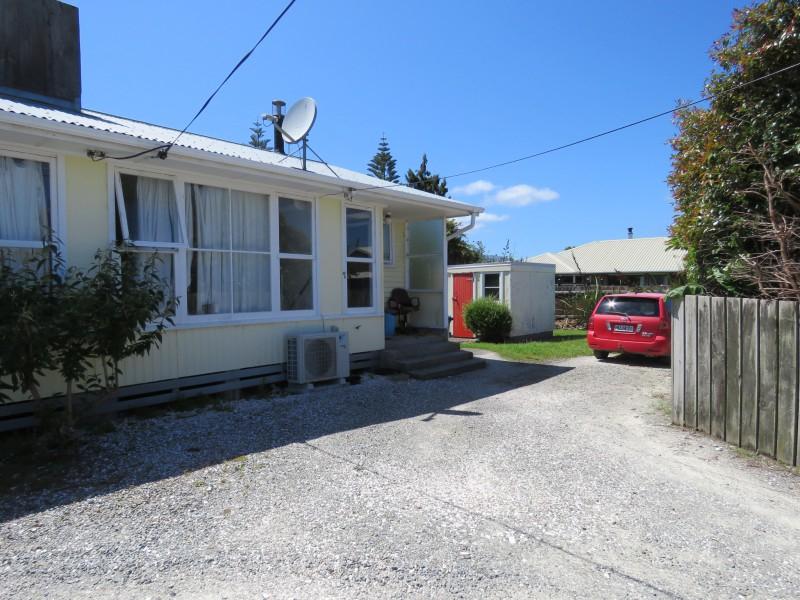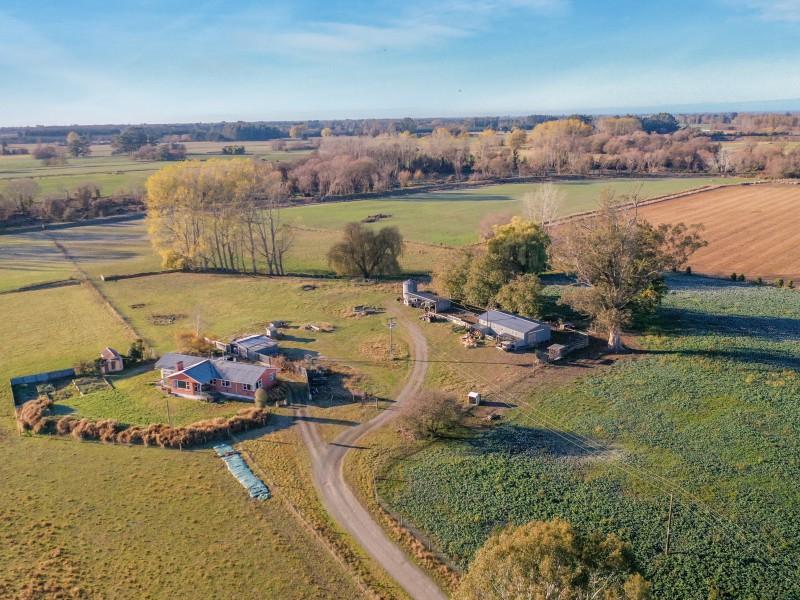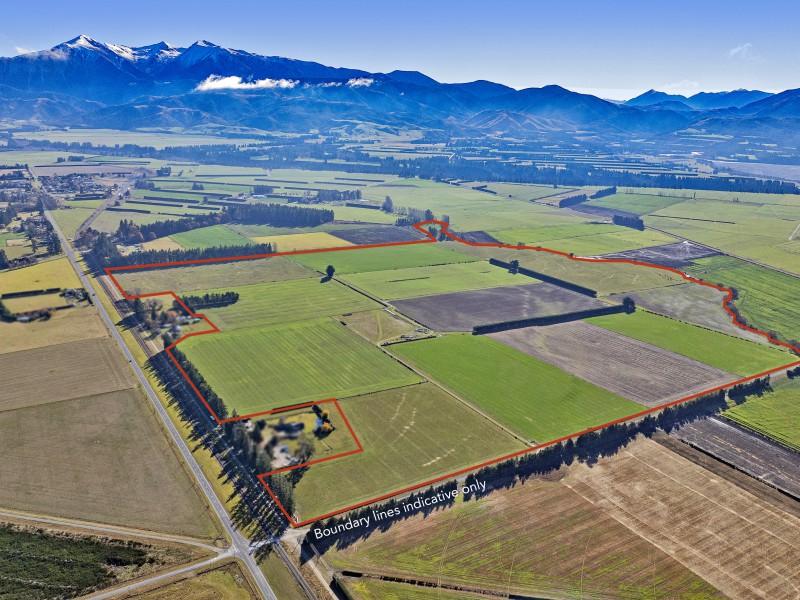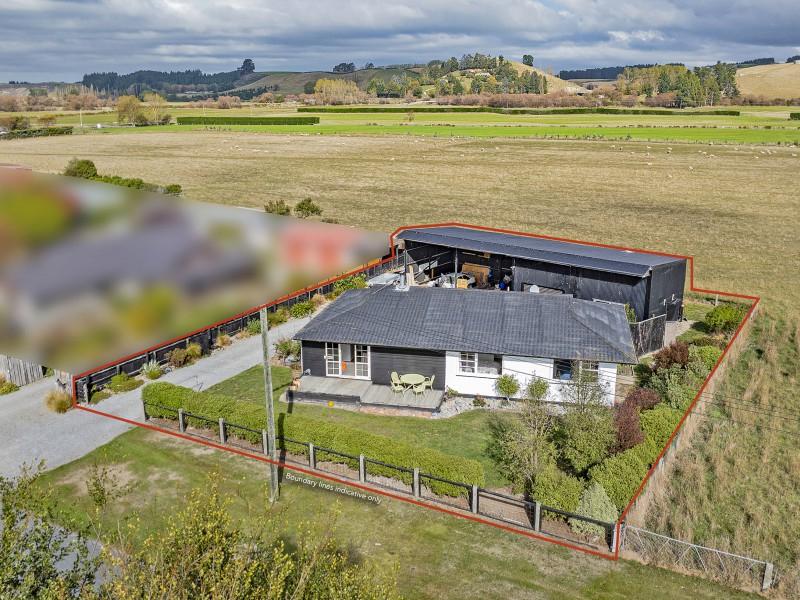Hokitika coastal protection project to push on
By local democracy reporter Brendon McMahon:
The Hokitika seawall extension project is to be pushed ahead despite the West Coast Regional Council not having any money yet to build it.
The northern extension to the 2013-built Hokitika Seawall has been in the pipeline for the past two years under council's Infrastructure Resilience Group 'shovel ready' programme for the town.
The programme includes the three stage Hokitika River stopbank programme on the southern edge of Hokitika, now at its second stage and awaiting final sign off by KiwiRail.
On Wednesday, the council announced it will drive forward its goal of providing better long-term coastal protection for the Hokitika residential area along the Revell Street-north beachfront.
Council chairperson Peter Haddock said they hope council can win some of the new 'shovel ready' money, set aside in the Coalition Government deal with NZ First, to build the extension.
But a requirement for the new money is the consent application is lodged to ensure no subsequent delay to what are supposed to be 'shovel ready' projects.
Haddock warned council is contesting for an annual pool of about $100m of funding nationwide.
"The priority for the Government will be that the projects are all ready to go because in the past a lot of projects that were 'shovel ready', weren't ready."
Haddock said council has applied knowing it will need to show it has the consent in train to qualify.
"It is in one of the tranches for funding. We have put that up for the Hokitika seawall, however it will depend on priorities around the country."
The new consent application encompassed future sea protection emergency work, a retrospective emergency work provision for the current 2013 seawall, and consent for the proposed extension.
Haddock said the emergency provision would allow council to be more proactive in the face of a future extreme event.
At the same time he expected some pushback from residents in the seawall extension area who stood to lose easy beach access from their properties.
"It will be contentious."
The township, founded in 1864, has a long history of inundation with the sea flooding the CBD within living memory.
Haddock said they hoped to have a formal hearing by about September - dependent on the availability of commissioners.
Council natural hazards analyst Dr Sharon Hornblow said Hokitika's natural hazard exposure is clear as it is built "within a dynamic coastal environment".
"Erosion issues are part of a long-term balance between sediment supply and highly active coastal processes," she said.
In particular the Hokitika shoreline is in a state of "dynamic equilibrium" balancing sediment supply from the river and earthquake induced landslides, with coastal bars and erosion troughs impacted by flood flows and storms.
Hokitika's seismic location between the Alpine Fault and the offshore Cape Foulwind Fault meant vertical land movement, along with sea level rise, is a future consideration, Hornblow said.
Council had decades of coastal erosion monitoring data, with the most recent data from 2021 showing "the potential" for river and storm surge flooding.
"Future projections for the Hokitika shoreline are more frequent severe flood events, coastal storms, future sea level rise from measured temperature increases and ice melt, and further sediment transport as well as coastal erosion," Hornblow said.
Extending and completing a new sea wall presented "a proactive short to medium-term option".
Hornblow said it would potentially help mitigate the ongoing impacts of sea level rise and the increased coastal hazard exposure while council worked towards a longer-term strategy for the area.
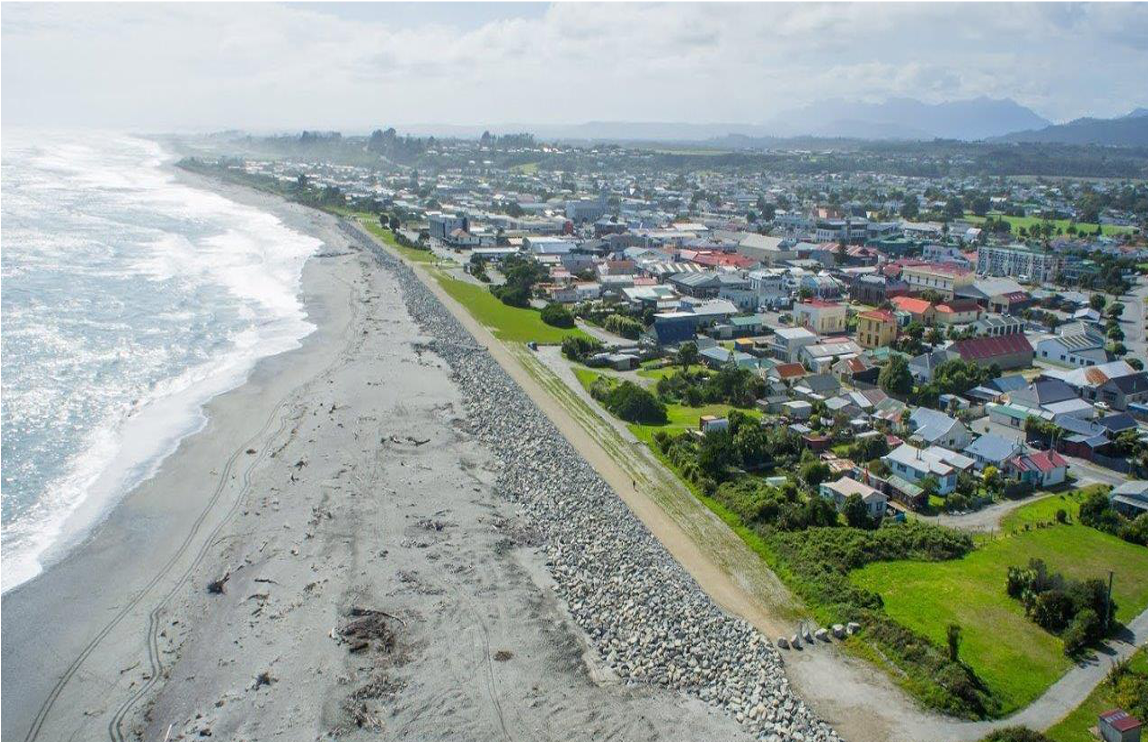
Could the jury service process be improved?
Every year, thousands of New Zealanders are called up to serve as jurors in the High and District Courts, and it's an important way to contribute to your country.
But for some, jury service can be a huge disruption and a financial burden. Do you think changes could be made to our jury service system to address these challenges?

Controversial floodwall ‘may never stop leaking’
By local democracy reporter Brendon McMahon:
Transfer of a controversial Franz Josef flood bank into West Coast Regional Council ownership remains to be seen as engineers assess the extent of its leaks.
The Havill Wall was controversially authorised by former Westland mayor Bruce Smith and his close ally, former councillor Durham Havill, following an April 2016 storm.
The event saw the Waiho (Waiau) River overtop an existing stopbank at the northern entrance to Franz Josef and wipe out the sewage treatment site.
It also ruined the now abandoned Scenic Group Franz Josef Mueller Wing hotel complex.
Transfer of the wall's ownership to the regional council is included in its 2024-34 long-term plan (LTP) as it moves to complete a $12.5 million stop bank improvement scheme in the area.
But during the recent formal LTP hearing, council chief executive Darryl Lew said the underlying engineering integrity of the Havill Wall still needs to be better understood.
Councillor Peter Ewen said he still felt uneasy about the Havill Wall and wanted to see how it coped with "a real southerly storm".
Councillor Andy Campbell, chair of the Franz Josef Joint Rating District, said the wall as it was, "may never stop leaking".
Lew said the regional council knew full well of the Havill Wall's "seepage" issue.
But at this stage council needed to fully understand to what extent that seepage compromised the structure's flood protection value.
Lew said all flood banks administered by council across the region to some extent "have seepage" and were never entirely "impervious flood barriers," he said.
It was if the degree of seepage was "acceptable to its viability", with that aspect currently under engineering investigation.
Lew said if the seepage was assessed as acceptable without compromising the protection value of the wall, "then that's fine".
If not, then it would not be acceptable to take on ownership.
Lew also noted the Government money for the north bank scheme had included future mitigation of the Havill Wall.
Ewen asked if the ownership transfer idea also extended to an emergency extension built at the end of the wall by the district council, following the January 2024 weather event.
The district council built the small extension amidst fears that, with the Waiho River having swung north into the neighbouring Tatare Stream, it might eventually take out the Franz Josef sewage ponds on the same side.
Lew said what the district council had done was "really an isolated" piece of work and the regional council did not intend to take it on.
The Havill Wall was controversially thrown up without regional council consent.
In 2017 Westland District got a grilling from the Office of the Auditor General over its actions, and the wall subsequently got retrospective consent.
The regional council has already undertaken work on the Havill Wall under its $12m Waiho northern bank protection scheme - which aims to increase resilience for the tourist hotspot of Franz Josef.
West Coast to review who pays for flood protection
By local democracy reporter Brendon McMahon:
West Coasters could pay a universal rate for flood protection assets in future - regardless of where they live.
The West Coast Regional Council will consider various options as part of a rating district review due by 2027.
Currently, 23 special rating districts pay targeted rates to maintain river stop banks or coastal protection walls in their area.
The rating district setup, on behalf of local communities, includes the three main towns of Greymouth, Westport, and Hokitika, the tourist hotspots of Punakaiki and Franz Josef, and multiple farming communities along the region's 650km length.
A report to councillors for the 2024-34 long-term plan (LTP) said the rating district review was included in consultation to indicate it "was required".
The way individual rating districts were founded had resulted in "a range of different rating scenarios" and constitutional arrangements.
It left "a level of complexity and inefficiency" in the gambit of what each rating area was for.
Haast submitter Vance Boyd said the benefit of rating districts was viewed differently within particular communities and it was a potentially divisive issue.
At the same time small communities struggled to raise the necessary capital to add protection.
Boyd said the council should rate across "the whole district" rather than relying on individual rating for particular areas.
Councillor Peter Ewen said the "bigger picture" of wider community benefit from protection assets had to be highlighted.
This was relevant for those outside a particular rating area who gained the benefit of accessing a service centre like Greymouth for example.
"The whole community benefits from those rating districts, it doesn't matter where they are," he said.
Long-time Westport surveyor Chris Coll also said the special rating district net should be thrown for the widest community benefit.
He estimated up to 15% of the town of Westport could fall "outside" the projected flood protection scheme for his area, yet all residents in the area would benefit from it.
Council chief executive Darryl Lew noted Westport was "a greenfield scheme" at this point and identifying the tangible benefit was yet to be worked through.
But the question of direct and indirect benefit would be assessed as the scheme design was finalised in the next couple of months.
Lew also noted Southland had now gone to "one targeted rate for all its special rating districts".
Councillor Brett Cummings said having one targeted rate might impact council's ability to tap external funding for new protection projects and that needed investigation.
Ewen noted one submitter viewed a universal approach to special rating areas as potentially penalising them for choosing to live "in less risky areas".
However, it was always on property buyers to be aware of the risk in the first place, he said.
James Sutherland, for Federated Farmers, said the proposed review should go out for full consultation given 6500 ratable properties across the region were not currently within a special rating area.
The report noted rating district asset management as "crucial to support the region" because it:
* protects economic productivity,
* reduces natural hazard risk to communities,
* promotes safety and wellbeing.
During formal LTP deliberations, Cummings said the review was not just about rates but the constitution of the rating districts.
Lew agreed, saying a lot of the submitters had focused only on benefit.
But all aspects of the current rating schemes needed to be reviewed including that some were rated based on land value, others on capital value.
The question of council back-office costs for individual districts also had to be assessed, he said.












 Loading…
Loading…



